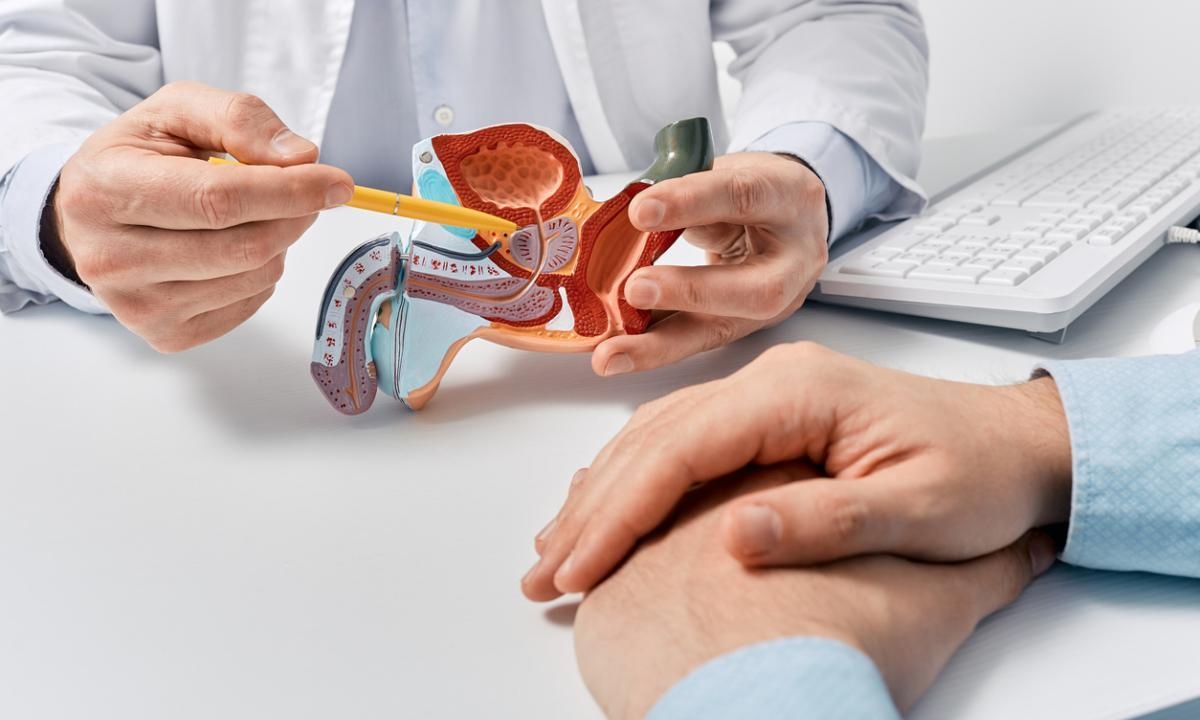
Why Biosimilars are not Generics
Biologics and biosimilars are all we’re hearing about now a days. It’s like we’re back in the early-mid 1900s when we were still trying to figure out how to deal with generic medications. A biosimilar drug is created based off an original (or Brand) biological drug. But, why aren’t we just calling it a generic drug?
Manufacturing
To understand why, we first have to understand a little bit about how a biosimilar is made. I won’t go over the entire manufacturing process, but there are a couple key reasons why we don’t call a biosimilar a generic. Unlike small molecule medications (i.e. atorvastatin, metoprolol), and along with other extensive manufacturing processes, biological medications are made inside living organisms. These organisms have a very specific cell line and the manufacturers of the original biologic (called a reference product) are the only ones that have access to this specific organism’s cell line where the medication was produced. And with current technology, while these “generic” manufacturers are able to get the structural make up of the drug, they can’t produce an exactly replica of that structure. They can get it to be very similar, but the product will never be an exact replica. We know this is a stark difference between our small molecule drugs since the structure of Lipitor (atorvastatin) is, well, the exact same structure of atorvastatin. And there are so many other steps involved that manufacturers don’t have access to and it just makes it so difficult to create an exact structural replica. This is why biological medications don’t have generics, but instead they have a biosimilar.
Do They Work the Same?
Even though the structures are not identical, according to the FDA:
A biosimilar is highly similar to, and has no clinically meaningful differences in safety, purity, and potency (safety and effectiveness) from, an existing FDA-approved reference product. The goal of a biosimilar development program is to demonstrate biosimilarity between the proposed biosimilar product and the reference product, not to independently establish the safety and effectiveness of the proposed product. Consequently, rather than generating the same full profile of nonclinical and clinical data as the reference product, a manufacturer that shows its proposed biosimilar product is highly similar to and has no clinically meaningful differences from the FDA-approved reference product may rely in part on FDA’s previous determination of safety and effectiveness for the reference product for approval. This generally means that biosimilar manufacturers do not need to conduct as many expensive and lengthy clinical trials, potentially leading to faster access to these products, additional therapeutic options, and reduced costs for patients.
In Canada, biosimilars are actually treated like new drugs in terms of gaining market approval. However, here in the US, only the reference product is rigorously tested like a new drug, but biosimilar manufacturers only have to follow the above. You can read more about biosimilar approvals from the FDA here. So, to answer the question proposed at the beginning of this section, yes they do work the same.
Perspective
One thing that is super interesting to note is the stark difference in size of small molecule drugs and biologics. They’re said to be 1000x heavier and more complex in atomic structure than small molecules.
As you can see, the highly complex structure and manufacturing process of biological medications make it very difficult the replicate reference drugs to create generics. So unless we see come crazy advances in technology, “generic” manufacturers will be busy trying to develop, you guessed it, biosimilars.
Trending
-
1 Mental Health Absences Cost NHS £2 Billion Yearly
Riddhi Doshi -
2 Gut Check: A Short Guide to Digestive Health
Daniel Hall -
3 London's EuroEyes Clinic Recognised as Leader in Cataract Correction
Mihir Gadhvi -
4 4 Innovations in Lab Sample Management Enhancing Research Precision
Emily Newton -
5 The Science Behind Addiction and How Rehabs Can Help
Daniel Hall






Comments